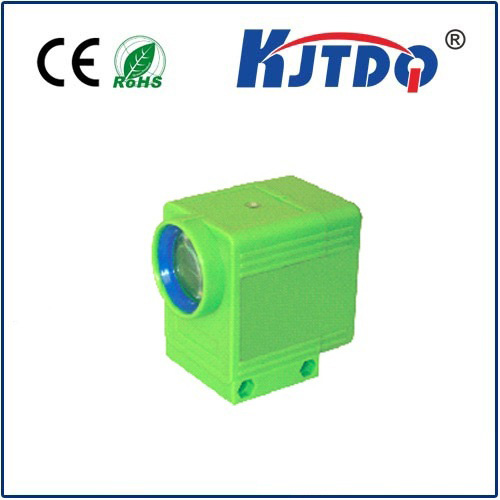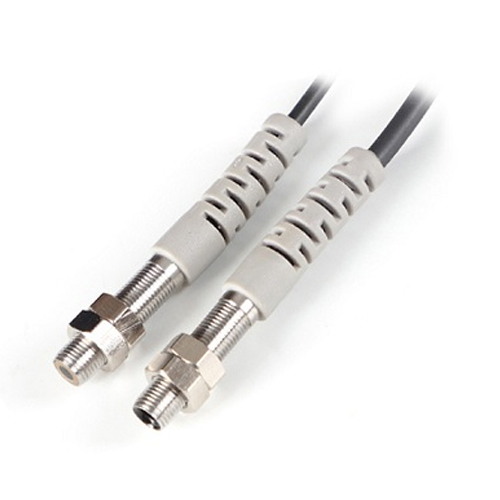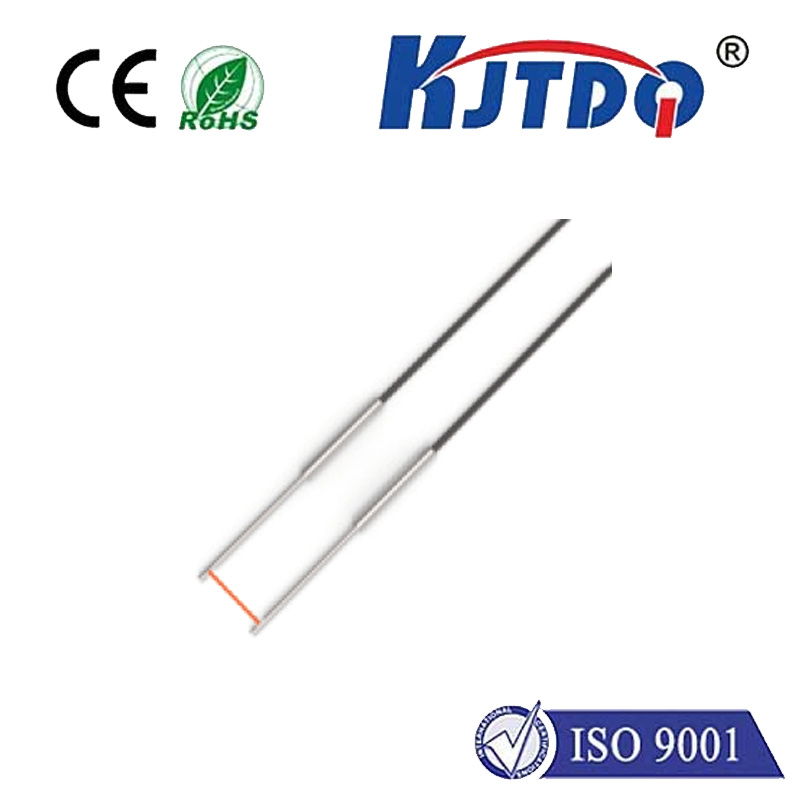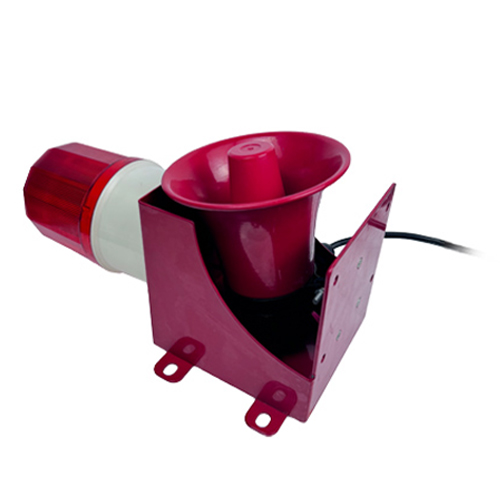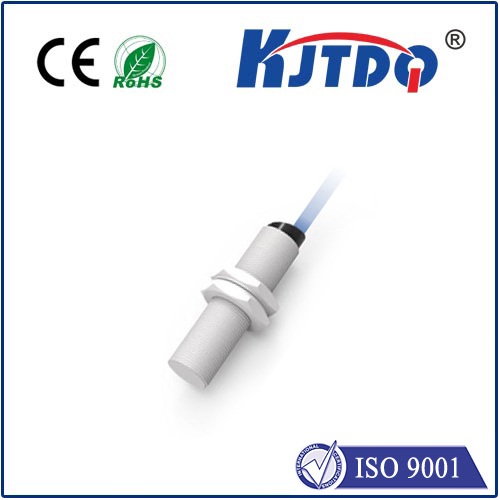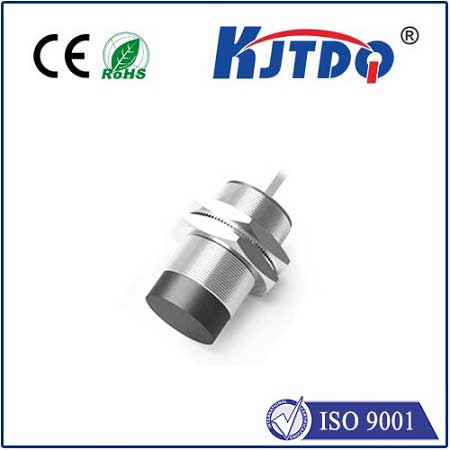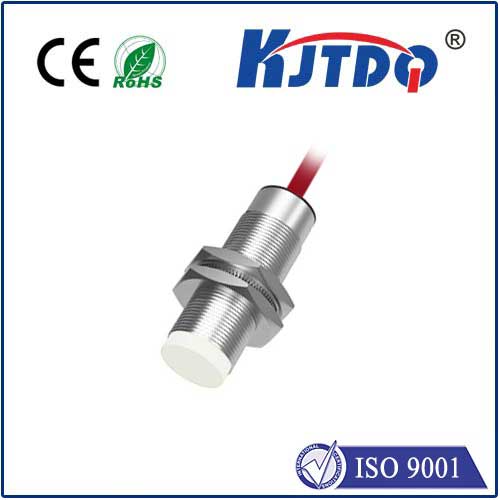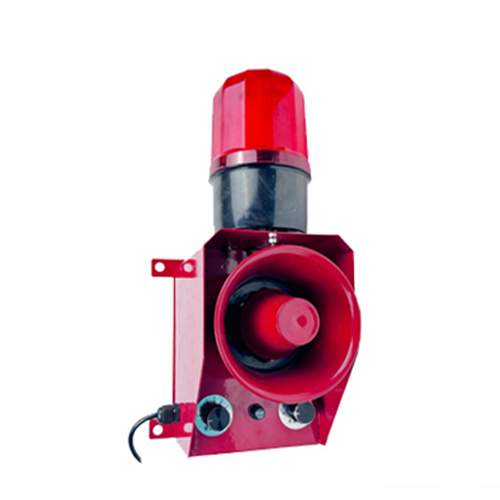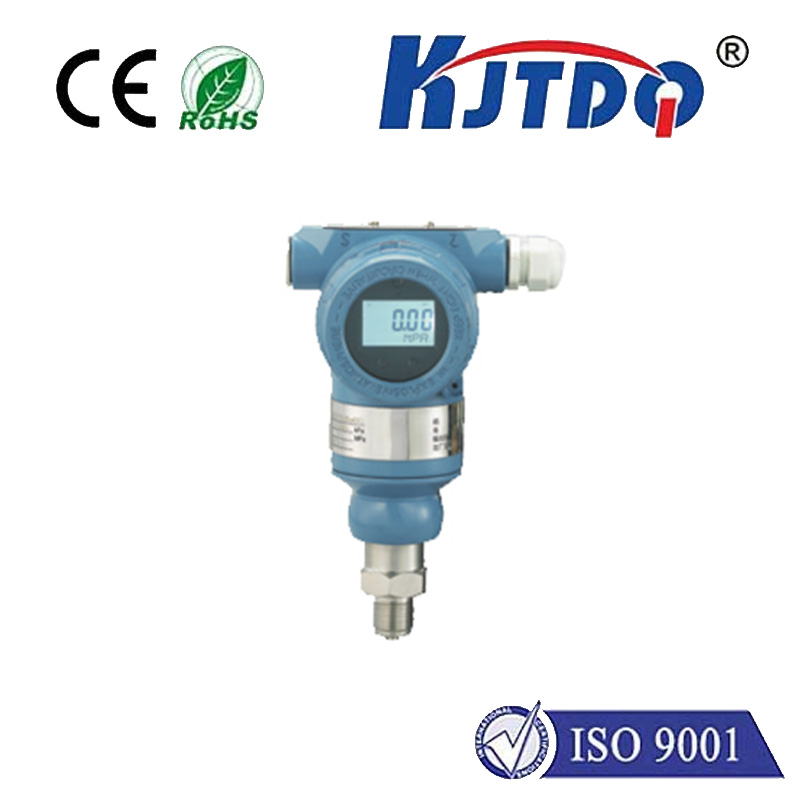

check

check

check

check

check

check

check

check

check

check
Title: Enhancing Efficiency and Reliability with Laser Rpm Sensors
Introduction:
In modern transportation and industrial applications, precise speed measurement is critical for optimal performance and safety. One innovative solution to this challenge is the use of laser rpm sensors, which offer high-accuracy readings and reliable operation. This article discusses the benefits of laser rpm sensors and explores their various applications in different industries.
Section 1: Advantages of Laser Rpm Sensors

The primary advantage of laser rpm sensors is their ability to provide fast and accurate measurements without the need for mechanical components. These sensors utilize a laser beam that is directed onto a rotating disk or drum, which detects the rotation and translates it into rpm (revolutions per minute) measurements. This approach eliminates the need for gears, bearings, or other mechanical components that can degrade accuracy over time or cause wear and tear.
Moreover, laser rpm sensors are highly sensitive and can measure speeds ranging from low to high levels. They also operate silently, making them suitable for use in applications where noise pollution could be an issue. Additionally, they offer long battery life and are easy to install and maintain, requiring minimal technical expertise.
Section 2: Applications of Laser Rpm Sensors
One of the most common applications of laser rpm sensors is in automotive industries, where they are used to monitor the speed of engines and transmissions. By providing real-time feedback on engine performance, these sensors help drivers maintain optimal fuel efficiency and reduce emissions. They are also used in heavy machinery such as cranes, bulldozers, and excavators to monitor their operation and ensure safe working conditions.
In addition to automotive and heavy machinery industries, laser rpm sensors have found applications in other sectors such as aerospace, oil and gas, food processing, and medical devices. For example, in the aerospace industry, they are used to measure the speed of wind turbine blades for optimal power output. In the oil and gas sector, they help optimize drilling operations by monitoring the speed of wellbores and identifying any potential problems before they escalate.
Conclusion:
Laser rpm sensors represent a significant advancement in speed measurement technology, offering high-accuracy readings and reliable operation with numerous advantages over traditional methods. As their applications continue to expand across various industries, it is clear that these sensors will play an increasingly important role in optimizing performance, reducing costs, and enhancing safety in a wide range of applications.
